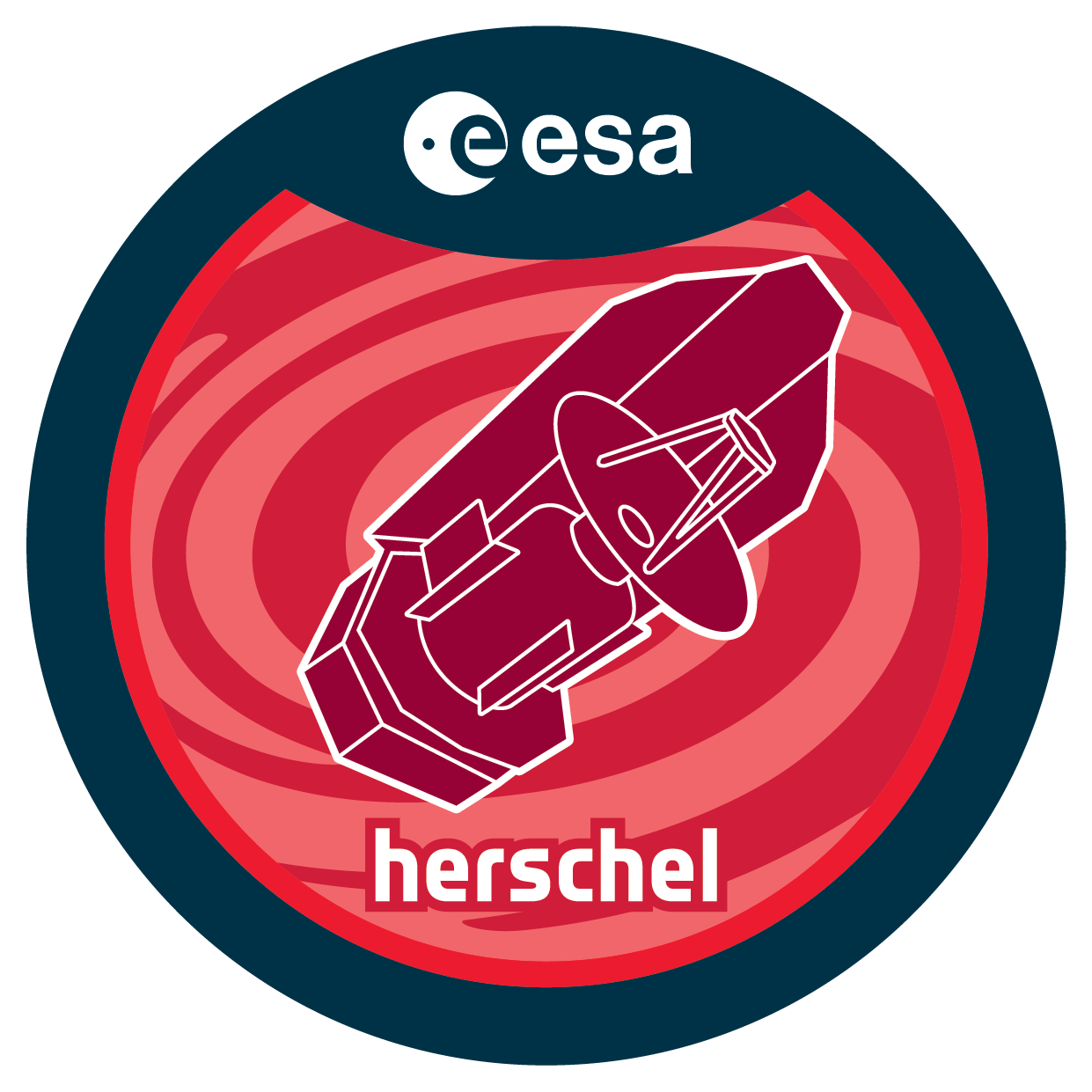

| Name | OT2_dperley_1 |
| Title | A survey of the host galaxies of dust-obscured gamma-ray bursts |
| URL | http://archives.esac.esa.int/hsa/whsa-tap-server/data?retrieval_type=OBSERVATION&observation_id=1342269676&instrument_name=PACS&product_level=LEVEL0&compress=true |
| DOI | https://doi.org/10.5270/esa-hgetwyv |
| Author | perley, d. |
| Description | We propose to conduct a survey of the host galaxies of dark gamma-ray bursts (GRBs),events whose optical afterglow flux was severely diminshed by dust within theirhost galaxy (and which historically have been significantly under-represented inhost catalogs). Our multi-year campaign of ground- and space-based follow-uphas shown that these galaxies are much redder, more luminous, and generally morediverse than ordinary GRB host galaxies, making them promising candidates forlong-wavelenength follow-up. Ground-based searches for radio andsubmillimeter emission have so far been fruitless - yet if GRBs are indeedrepresentative of the sites of high-redshift star-formation, large far-IRluminosities are expected for some GRB hosts. By observing at the dust emission peak, PACS is particularly sensitive to dust reradiation and is relatively unaffected by variations in dust temperature, making it ideal for finding andcharacterizing this elusive emission. Our PACS observations will measure or tightlyconstrain the far-IR luminosity and dust temperatures of many dark GRB hosts and thereby calculate the total star-formation rate and obscuration fraction of this sample. These observations, combined with our large ground- and space-based optical/NIR/MIR observing programs, will definitively reveal to what extent the obscuration properties and bolometric luminosities of dark GRB hosts resemble those of ordinary GRB hosts and of star-forming galaxy populations generally,and evaluate in detail the use of GRBs as high-z star-formation tracers.Our sample has been carefully chosen to ensure all targets are heavily dust-obscuredGRBs (and not simply underluminous or poorly-observed); to represent the fullrange of diversity seen among dark GRB host galaxies; to have excellent existing multiwavelength follow-up with other instruments; and to optimize the detectability of the sample to Herschel, even in the pessimistic case that GRB hosts harbor little highly dust-embedded star formation. |
| Publication | |
| Instrument | PACS_PacsPhoto_largeScan |
| Temporal Coverage | 2013-04-09T05:50:44Z/2013-04-10T14:00:33Z |
| Version | SPG v14.2.0 |
| Mission Description | Herschel was launched on 14 May 2009! It is the fourth cornerstone mission in the ESA science programme. With a 3.5 m Cassegrain telescope it is the largest space telescope ever launched. It is performing photometry and spectroscopy in approximately the 55-671 µm range, bridging the gap between earlier infrared space missions and groundbased facilities. |
| Creator Contact | https://support.cosmos.esa.int/h®erschel/ |
| Date Published | 2013-10-10T13:32:33Z |
| Last Update | 2025-01-24 |
| Keywords | Herschel, HSC, submillimetre, far-infrared, HIFI, PACS, SPIRE |
| Publisher And Registrant | European Space Agency |
| Credit Guidelines | European Space Agency, perley et al., 2013, 'A survey of the host galaxies of dust-obscured gamma-ray bursts', SPG v14.2.0, European Space Agency, https://doi.org/10.5270/esa-hgetwyv |